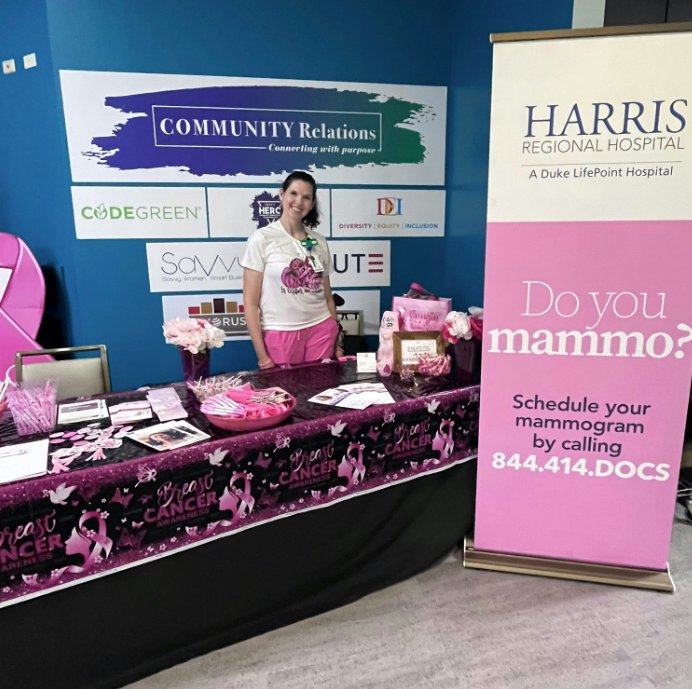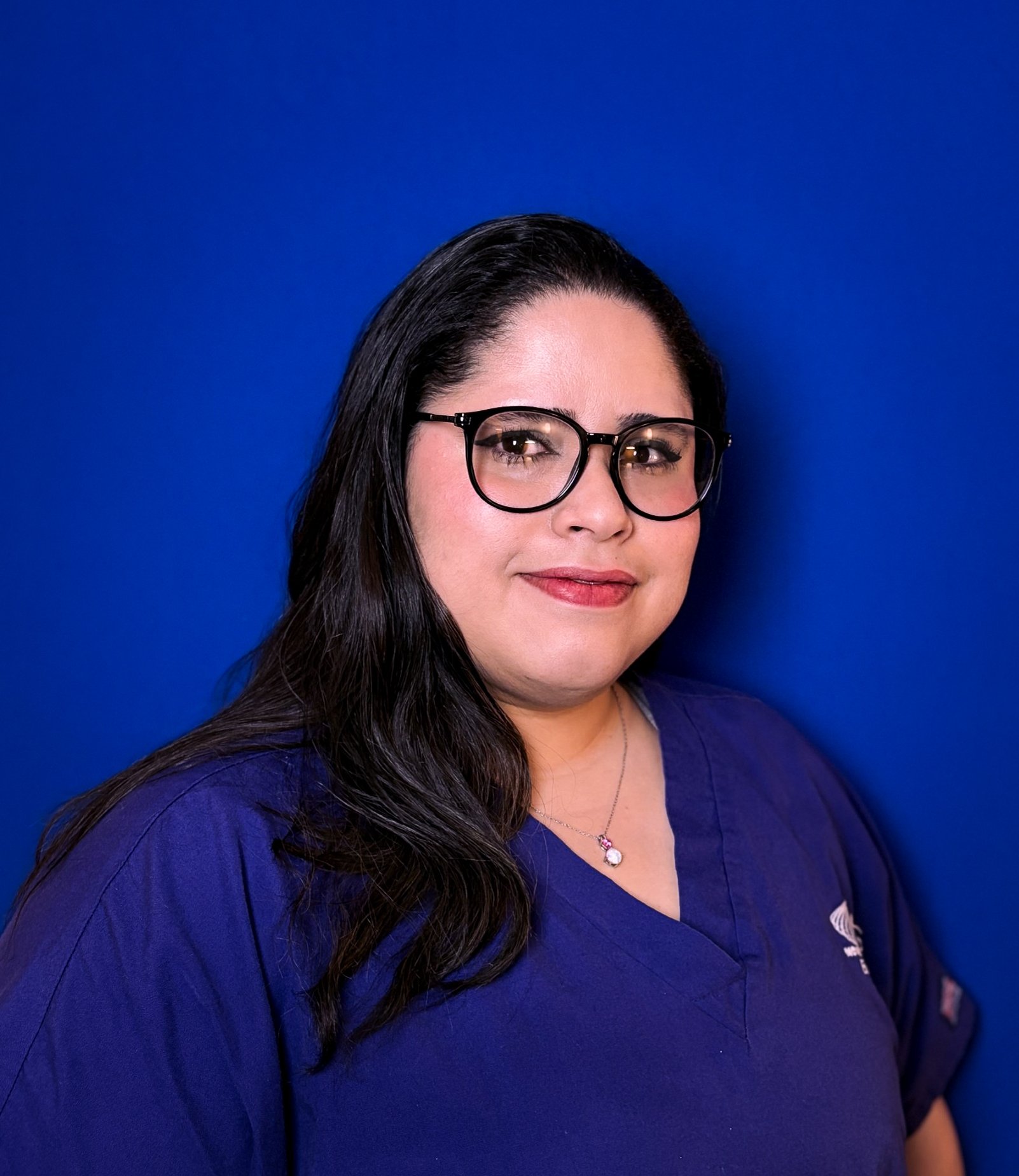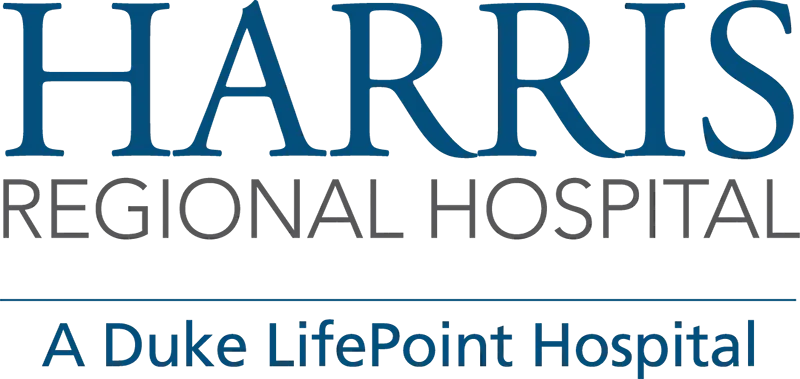News
-

Santa Brings Holiday Cheer to the NICU at Harris Regional Hospital
December 15, 2025The holiday season was made a little brighter for the tiniest patients at Harris Regional Hospital when Santa Claus made a special visit to the New Generations Family Birthing Center’s Level II Special Care Nursery this week. The festive visit lifted spirits and spread joy among families and caregivers as the community prepares for the most magical time of…
Learn more -
.jpg)
Is It a Cold, the Flu, or Something Else? How to Tell the Difference
November 25, 2025When your child starts coughing, sneezing, or running a fever, it can be hard to know what you’re dealing with. As the seasons change and kids head back to school or daycare, coughs and sniffles start making the rounds. Here in Sylva, NC, that often leaves parents asking: is it just a cold, or something more serious like the flu, RSV, or COVID-19? Understanding…
Learn more -

Leapfrog Recognizes Harris Regional Hospital With ‘A’ Safety Grade for Preventing Patient Harm
November 19, 2025Harris Regional Hospital, a Duke LifePoint hospital, has received an ‘A’ Hospital Safety Grade from The Leapfrog Group for fall 2025. The grade is based on a national set of evidence-based measures that evaluate how well hospitals protect patients from preventable harm, such as medication errors, infections, and complications.
Learn more -
.png)
Jingle Joy with Santa Returns to Harris Regional Hospital This December
November 17, 2025The spirit of the holiday season will soon fill the halls of Harris Regional Hospital as the community is invited to the festive “Jingle Joy with Santa” celebration on Thursday, Dec. 11, from 5 to 8 p.m. The event will take place in the former Gift Shop space on the first floor of the hospital and is open to families across the region.The drop-in holiday…
Learn more -

Op-Ed: Harris Regional Hospital Urges Early Detection Through Lung Cancer Screening
November 13, 2025Lung cancer is the second-most common cancer in the United States, and the most common cause of cancer-related death. While many things contribute to your risk of developing lung cancer – such as your genes, your family history of cancer, and exposure to carcinogenic substances like asbestos – cigarette smoking is the number one risk factor. The vast majority of lung cancer patients are smokers or former smokers, and the more years you’ve smoked, the greater the danger to your health.
Learn more -

Harris Regional Hospital welcomes obstetrician-gynecologist Katherine MacKillop, DO to its medical staff
November 12, 2025Harris Regional Hospital is proud to welcome obstetrician-gynecologist Katherine MacKillop, DO to its medical staff. Dr. MacKillop is now seeing patients at Harris Women’s Care, located at 70 The Village Overlook in Sylva.
Learn more -

Harris Regional Hospital Announces Nov. 17 Lunch and Learn on Menopause Awareness and Health
November 04, 2025Harris Regional Hospital invites community members to a free Lunch and Learn on Monday, November 17, 2025, from 11:00 AM to 12:00 PM in the Easton Board Room. The session, led by certified nurse midwife Anne Karner, will focus on understanding menopause and the changes it brings throughout a woman’s life. This educational event will explore both the physical and emotional aspects of menopause, discuss common symptoms, and share ways to support overall wellbeing through lifestyle and medical care.
Learn more -

What Does Breast Cancer Look Like in Its Early Stages?
October 21, 2025Breast cancer is one of the most common cancers in women, and early detection can dramatically improve outcomes. But what does breast cancer actually look like in its earliest stages? It’s not always a visible lump – early signs can be subtle, and knowing what to watch for can make all the difference. Below are some common early signs and symptoms to be…
Learn more -

Humans Who Heal: Spotlight on Lucretia Balkwill, RN, CCM – Care Management, Swain Swing Bed
October 20, 2025As part of Harris Regional and Swain Community Hospitals' Humans Who Heal campaign, we are proud to spotlight Lucretia Balkwill, RN, CCM, whose work in Care Management for the Swain Swing Bed program highlights the essential role care managers play in guiding patients through their healing journey — physically, emotionally, and spiritually.Lucretia has been a…
Learn more -

Swain Community Hospital welcomes FNP Norma Burdette back to medical staff
October 16, 2025Swain Community Hospital, a Duke LifePoint hospital, is pleased to welcome Norma Burdette, FNP-C, a family nurse practitioner and longtime Bryson City resident, to its medical staff. Burdette will begin seeing patients this fall at Swain Family Care.
Learn more -

Op-Ed: Breast Cancer Awareness Starts with Access and Compassion
October 15, 2025October marks Breast Cancer Awareness Month, and for me, it’s more than just a pink ribbon or a reminder to schedule your annual mammogram. It’s personal. As the Breast Health Navigator for Harris Regional and Swain Community Hospitals, I have the privilege of walking alongside women at every stage of their breast health journey. Whether it's a routine…
Learn more -

Harris Regional Hospital Welcomes Certified Physician Assistant Colby Finch to Its Medical Staff
October 02, 2025Harris Regional Hospital is pleased to welcome Colby Finch, Certified Physician Assistant (PA-C), to its medical staff. Beginning this month, Finch will care for patients at Harris Orthopaedics and Sports Medicine, joining the established team of orthopaedic physicians and advanced practice providers including Douglas Gates, MD; Larry Supik, MD; Josh Patton, DO; Paul Ulrich, DO; Ryan Slechta, MD; John Songer, MD; Alexis Willey, PA-C; and Jared Schoeberl, PA-C.
Learn more -

Harris Regional Hospital to Host Free Breast Cancer 'Lunch & Learn' at WCU October 17
October 01, 2025Harris Regional Hospital invites community members to a free Lunch & Learn on Friday, October 17, from 11:30 AM to 12:30 PM at Western Carolina University’s Ramsey Center Hospitality Room. The session—led by Jonathan Dean, MD, general surgeon—will focus on breast cancer awareness, highlighting the life-saving value of early detection, practical steps for understanding personal risk factors, and the important role of community support in guiding patients and families through care.
Learn more -

Why You Shouldn’t Skip Your Annual Physical: Screenings That Save Lives
September 26, 2025Many people put off their annual physical, if they feel fine, there’s no urgent need to visit the doctor. But skipping your yearly check-up can mean missing the early signs of serious conditions that are often treatable if caught early. At Harris Regional Hospital, we believe prevention is just as important as treatment. Your annual physical is a chance…
Learn more -

Harris Regional Hospital welcomes certified nurse midwife Lisa Shoemaker, CNM to its medical staff
September 23, 2025Harris Regional Hospital is pleased to announce the addition of Lisa Shoemaker, CNM, to its medical staff. Shoemaker will begin seeing patients October 1, 2025, at Harris Women’s Care, located at 70 The Village Overlook in Sylva.
Learn more -

Harris Regional Hospital to Host 'Tree of Hope' Sept. 30, Inviting Tributes to Breast Cancer Survivors and Loved Ones
September 08, 2025Harris Regional Hospital will hold its annual Tree of Hope gathering on Tuesday, Sept. 30, from 5 to 6 p.m. in the first-floor lobby of Harris Medical Park, located at 98 Doctors Drive in Sylva.
Learn more -

Humans Who Heal: Spotlight on Sujeiza Echevarria – Environmental Services, Harris Regional and Swain Community Hospitals
September 08, 2025As the Humans Who Heal campaign continues at Harris Regional and Swain Community Hospitals, we are honored to shine a spotlight on one of the essential team members who plays a critical role in patient safety and infection prevention every day: Sujeiza Echevarria, a dedicated member of the Environmental Services team.Sujeiza’s role as a housekeeper is more than just…
Learn more -

How to Protect Your Child from Fall Viruses like Flu, RSV, and COVID
September 03, 2025In warmer parts of the country like Sylva, NC, respiratory virus season can begin as early as September and stretch well into the winter. With kids back in school, viruses like flu, RSV, and COVID-19 start spreading quickly – especially among young children whose immune systems are still developing. As a parent, you can take steps now to help protect your…
Learn more -

Harris Regional Hospital and Swain Community Hospitals to host Step Into Wellness patient appreciation event on the Jackson County Greenway September 17th
August 28, 2025Harris Regional and Swain Community Hospitals will host Step Into Wellness on Wednesday, Sept. 17, 2025, from 10 a.m. to 2 p.m. on the Jackson County Greenway. Attendees are invited to begin at the Greenway’s parking area, located at 342 Old Cullowhee Rd. in Cullowhee, and will be directed along the walking path for activities.
Learn more -

Half a Century of Care: Harris Regional Hospital Celebrates Judy Aikens’ 50 Years
August 27, 2025Harris Regional Hospital is celebrating a milestone of service and dedication as longtime employee Judy Aikens marks 50 years with the hospital. Her half-century of service reflects the hospital’s nearly 100-year tradition of caring for its community.
Learn more
